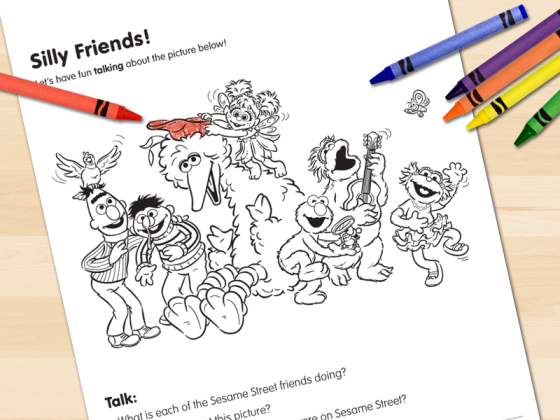
Silly Storytelling
Look at this picture with a child and make up a story together.
- Print the page, look at the picture together, and use the conversation starters at the bottom of the page to help begin a discussion. Ask, “What is each Sesame Street friend doing?” “What is funny here?” “What silly thing would you do if you were on Sesame Street?” “Who would you want to play with, and what would you play together?”
- Start the story by saying something like, “Once upon a time on Sesame Street…” “When (child’s name) visited his friends on Sesame Street, here’s what happened.” Or, “All the friends were dancing because…”
- Help kids build on the story by pointing out what the characters are holding, such as Rosita’s guitar and Elmo’s magnifying glass. What might the characters be doing with those things? As children tell their stories, write down what they say so that you can read it aloud to them afterward.

My Favorite Part
Help little ones share special parts of stories in words and pictures.
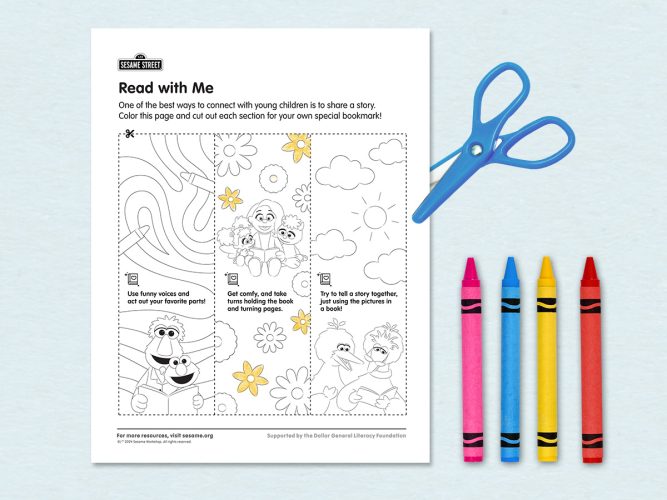
Read with Me
Track your reading progress with some printable bookmarks!
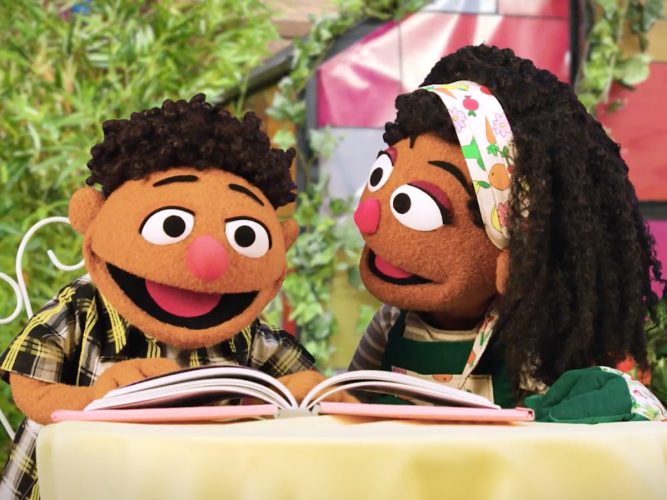
A Star Reader
There are many steps to reading, and all are important to becoming a great reader. It’s a process!
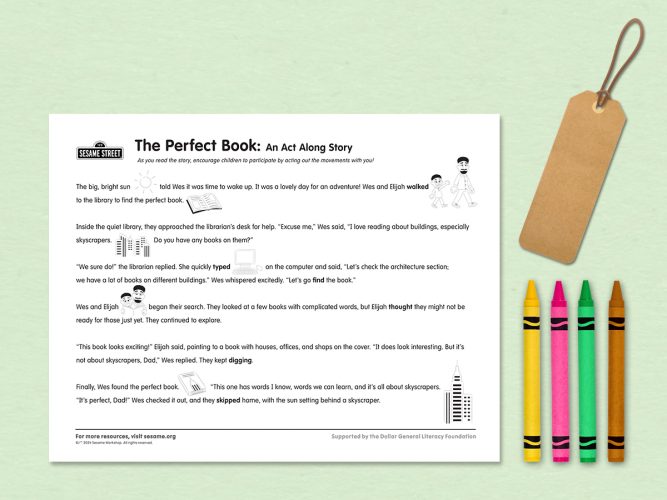
The Perfect Book: An Act Along Story
Make story time more engaging by encouraging children to act out what they hear!
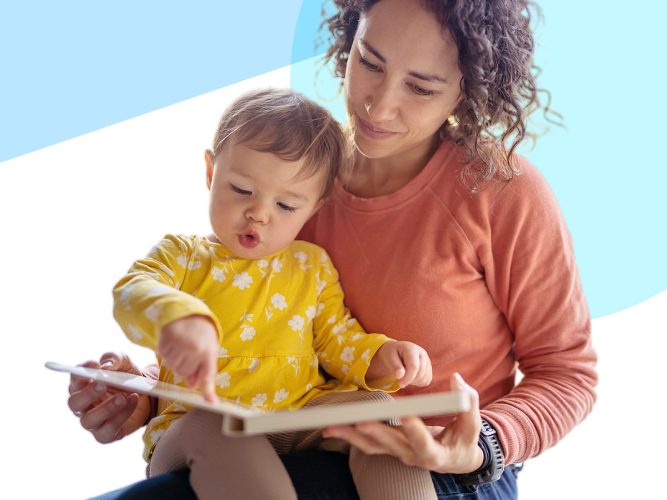
Tips for Shared Reading with Children Birth to Three
Tips for using reading time to bond with your child and build their language and literacy skills.
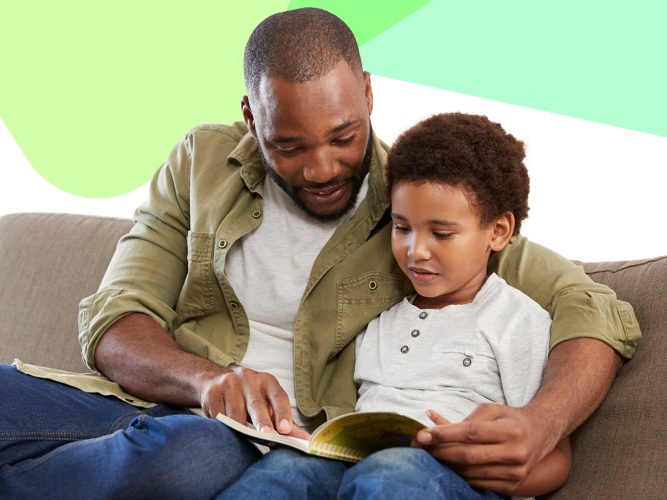
Tips for Shared Reading with Children Three to Five
Tips to make shared reading a time for learning and connection.
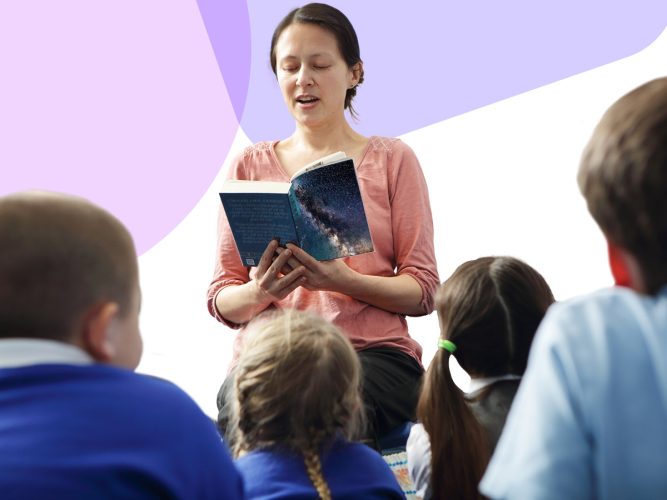
A Mighty Voice
Finding confidence in the ways that you tell stories will make them even more special to the children you share them with.
